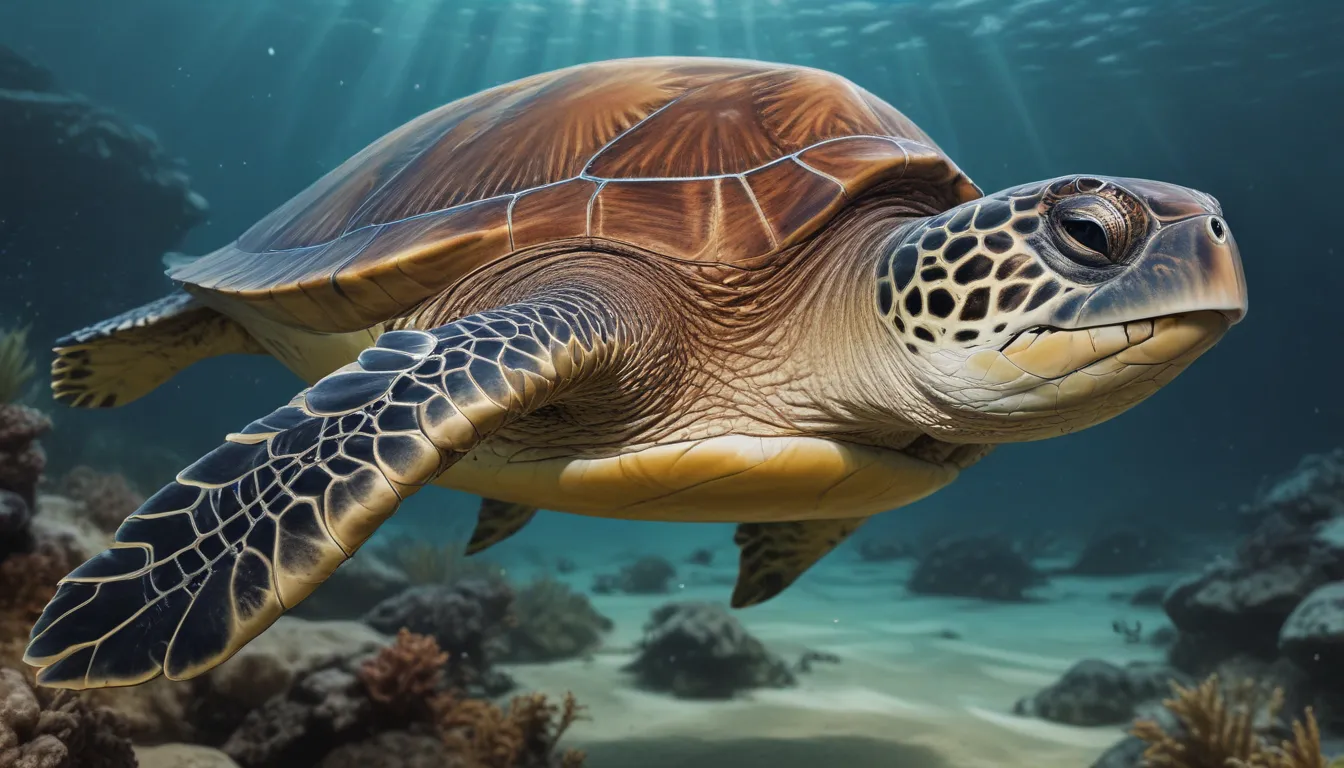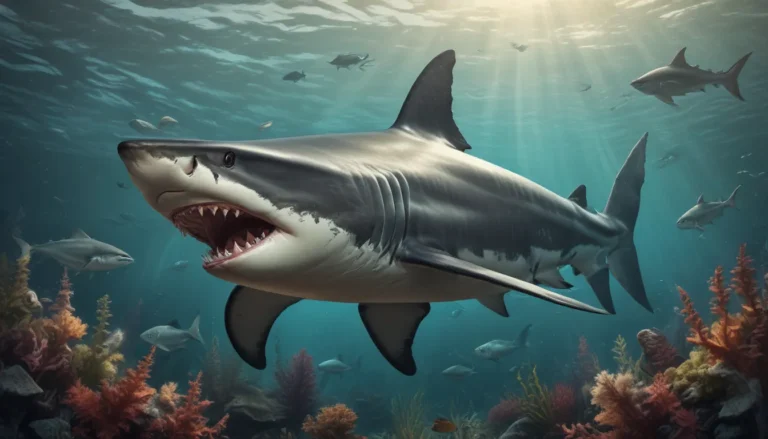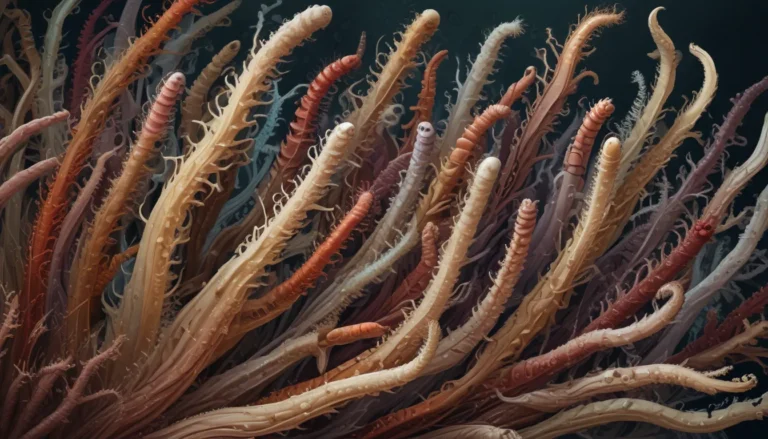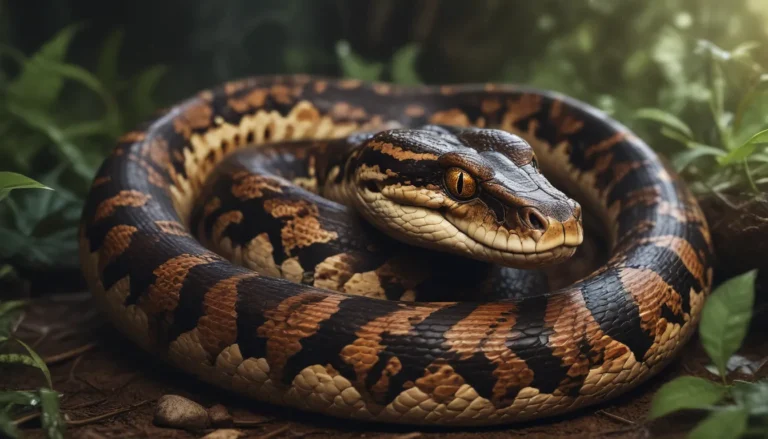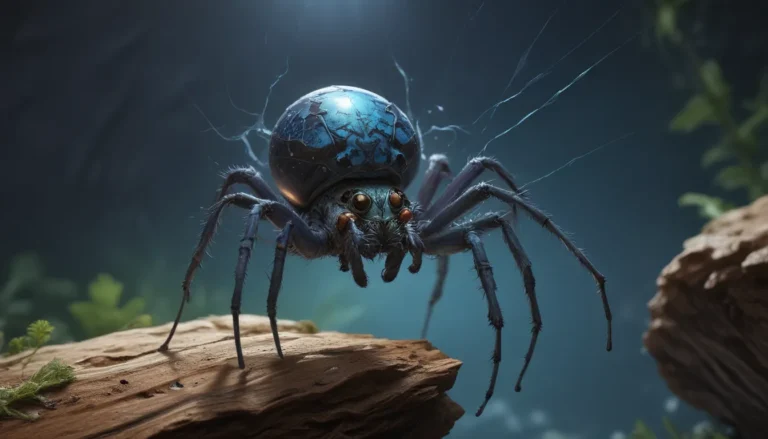The pictures we use in our articles might not show exactly what the words say. We choose these pictures to make you interested in reading more. The pictures work together with the words but don’t take their place. The words still tell you the important facts.
Sea turtles are enchanting creatures that have captivated people worldwide. These gentle giants of the ocean not only hold an iconic status but also play a vital role in preserving marine ecosystems. From their ancient origins to their vulnerable life cycle, sea turtles have fascinated researchers and nature enthusiasts alike. In this article, we will delve into 19 intriguing facts about sea turtles, shedding light on their incredible journey from hatchlings to adulthood, their conservation status, and the efforts made to protect these majestic marine reptiles. Join us as we explore the mesmerizing world of sea turtles and uncover some captivating insights about these magnificent creatures.
Key Takeaways:
- Sea turtles are ancient, adaptable, and indispensable to marine ecosystems. They face threats from human activities and have a vulnerable life cycle, underscoring the importance of conservation efforts for their survival.
- Sea turtles exhibit unique nesting habits, embark on long migrations, and play a crucial role in sustaining the health of seagrass beds and coral reefs. International laws and regulations safeguard these creatures to ensure their conservation.
Dive into the World of Sea Turtles:
Sea Turtles: Ancient Guardians of the Sea
Sea turtles have graced our oceans for millions of years, with fossil evidence tracing back to the era of dinosaurs. They stand as living fossils that have withstood the tests of time, embodying resilience and adaptability in their evolutionary journey.
The Diverse Species of Sea Turtles
Across the world's oceans, seven distinct species of sea turtles roam the waters. From the loggerhead to the leatherback, each species possesses unique characteristics and thrives in diverse habitats, contributing to the rich tapestry of marine life.
Global Nomads: Sea Turtles’ Wide Range
Sea turtles boast a widespread presence, inhabiting the Atlantic, Pacific, Indian Oceans, and even the Mediterranean Sea. Their ability to thrive in various environments showcases their remarkable adaptability and resilience.
Nesting Rituals of Sea Turtles
Female sea turtles exhibit a remarkable behavior known as natal homing, returning to the beaches of their birth to lay their eggs. This nesting tradition not only ensures genetic diversity but also fosters a strong connection to their ancestral homes.
The Power of Sea Turtle Flippers
Equipped with powerful flippers, sea turtles are adept swimmers capable of navigating the ocean depths with grace and agility. Their impressive speed of up to 20 miles per hour reflects their mastery of marine locomotion.
Breathing Life: The Air-Dependent Turtles
Despite their aquatic lifestyle, sea turtles rely on regular trips to the water's surface to breathe. Possessing lungs akin to other reptiles, they seamlessly transition between their submerged and surfacing worlds.
Dining Preferences: Herbivores, Carnivores, and Omnivores
Sea turtles exhibit a diverse range of dietary habits based on their species. While herbivorous turtles like the green sea turtle thrive on seagrasses and algae, carnivorous varieties such as the loggerhead feed on jellyfish and crustaceans.
Protector of Offspring: Female Nesting Behavior
Female sea turtles devote their lives to the sea, resurfacing only to lay their eggs on sandy shores. Once the nesting ritual is complete, they entrust the hatchlings to the sands, paving the way for the next generation of sea turtles.
The Longevity of Sea Turtles
Endowed with impressive lifespans, sea turtles can traverse several decades of existence. Some species, like the green sea turtle, boast lifespans extending up to 80 years or more, embodying endurance and longevity in the marine realm.
Challenges Faced by Sea Turtles
Sea turtles confront a multitude of threats stemming from human activities, ranging from habitat degradation to entanglement in fishing gear. Addressing these challenges through conservation initiatives is paramount to safeguarding these magnificent creatures.
Stewards of Ecosystems: Sea Turtles’ Ecological Role
Sea turtles serve as custodians of marine ecosystems, contributing to the vitality of seagrass beds and coral reefs through their grazing activities. As integral components of the underwater food chain, they provide sustenance for diverse marine organisms.
Navigating the Vast Oceans: A Turtle’s Journey
Guided by the Earth's magnetic field and celestial cues, sea turtles undertake arduous migrations across oceans, relying on innate navigational instincts to traverse vast distances between feeding and nesting grounds.
Vulnerability in the Life Cycle of Sea Turtles
From egg predation to hatchling perils, sea turtles face significant mortality rates at every stage of their life cycle. Only a fraction of hatchlings successfully reach adulthood, underscoring the challenges inherent in their survival.
Communication Among Sea Turtles
Sea turtles communicate through a repertoire of vibrations and visual signals, engaging in behaviors that serve social and territorial purposes. From flapping their flippers to opening their mouths wide, these gestures facilitate interaction among individuals.
A Shield of Protection: The Carapace of Sea Turtles
The shells of sea turtles, known as carapaces, offer defense mechanisms against predators. Comprising bony plates called scutes that interlock for strength, these protective structures safeguard sea turtles from external threats.
Predators and Prey: Balancing the Ecosystem
While adult sea turtles boast few natural predators owing to their size and protective shells, hatchlings face vulnerabilities from birds, crabs, and other marine predators. This delicate balance of predator-prey dynamics shapes the intricate web of marine life.
Journey to the Ocean: The Hatchling Frenzy
Upon hatching, sea turtle hatchlings embark on a frenetic dash towards the ocean, evading predators as they navigate the sandy shores. This pivotal moment marks the beginning of their perilous journey into the vast expanse of the ocean.
Safeguarding Sea Turtles: International Conservation Efforts
Sea turtles benefit from protective measures established by international agreements such as CITES, alongside regional conservation programs implemented by nations worldwide. These collective efforts aim to secure the future of sea turtle populations and preserve their invaluable ecological contributions.
Embracing Our Role as Ocean Stewards
In conclusion, sea turtles stand as emblematic figures of the ocean, embodying grace, resilience, and ecological significance. By delving into the wondrous facts surrounding sea turtles, we gain a deeper appreciation for these ancient mariners and their indispensable role in marine ecosystems. As advocates for conservation, we can contribute to the protection of sea turtles through supporting marine reserves, combating plastic pollution, and fostering awareness of their conservation needs. Let us unite as guardians of the ocean, championing the preservation of sea turtles and the habitats they call home.
FAQs
- How many species of sea turtles exist?
-
There are seven recognized species of sea turtles: loggerhead, green, hawksbill, Kemp’s ridley, olive ridley, flatback, and leatherback.
-
What is the lifespan of sea turtles?
-
Sea turtles can live for several decades, with some species reaching up to 80 years or more in age.
-
Where do sea turtles lay their eggs?
-
Most sea turtles return to the beaches of their birth to lay their eggs, engaging in a nesting behavior known as natal homing.
-
How many eggs are typically found in a sea turtle nest?
-
Sea turtle nests can contain varying numbers of eggs, with averages ranging from 80 to 120 eggs per nest.
-
Are sea turtles considered endangered species?
-
Yes, all species of sea turtles are classified as either endangered or threatened due to factors like habitat loss, climate change, and incidental capture.
-
How long do sea turtle hatchlings remain on land?
-
Sea turtle hatchlings promptly make their way to the ocean once emerged from their eggs, a process that typically lasts from minutes to a few hours.
-
What constitutes the diet of sea turtles?
-
Sea turtles exhibit diverse feeding preferences based on species, with some consuming plant matter and others preying on jellyfish, shrimp, and other small marine creatures.
-
How do sea turtles navigate vast oceanic distances?
-
Sea turtles rely on Earth's magnetic fields for navigation, utilizing a sensory ability known as magnetoreception to guide them during extensive migrations.
-
Do sea turtles face natural predators?
-
While adult sea turtles have limited predators due to their size and protective shells, hatchlings are vulnerable to predation by birds, crabs, and other animals.
-
What actions can individuals take to protect sea turtles?
- Participation in conservation organizations, reduction of plastic usage, engagement in beach cleanups, and advocacy for sea turtle conservation are impactful ways to support the protection of these remarkable creatures.
Through our collective efforts and commitment to ocean conservation, we can make a meaningful difference in safeguarding the future of sea turtles and nurturing the health of marine ecosystems. Let us embark on this journey of preservation and appreciation, honoring the vital role that sea turtles play in the intricate tapestry of life beneath the waves.
Would you like to delve deeper into the enthralling world of sea turtles? Explore our extensive guides brimming with fascinating insights into their behavior, adaptations, and habitats. Uncover lesser-known details about these remarkable creatures and broaden your understanding of the diverse marine life that inhabits our oceans. For more captivating revelations about the underwater realm, don't miss our exploration of the most astonishing ocean animals. Expand your knowledge and foster a newfound respect for the intricacies of the oceanic ecosystem and its awe-inspiring inhabitants.
Your Feedback Matters
At Brightly.eco, we are dedicated to delivering engaging and informative content that enriches your exploration of the natural world. Every fact shared on our platform is contributed by users like you, ensuring a diverse array of insights and knowledge. Our vigilant editors meticulously review each submission to uphold the highest standards of accuracy and credibility. Trust in our commitment to authenticity as you embark on your journey of discovery and learning with us.
